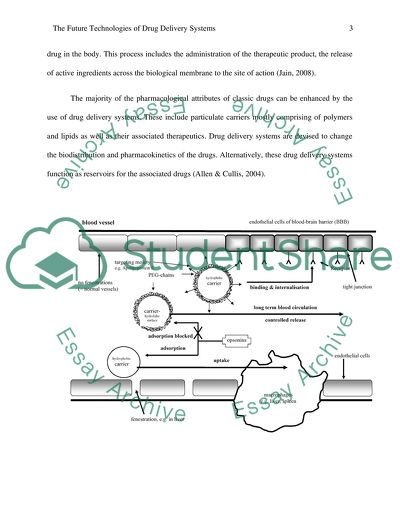Cite this document
(“The future technologies of drug delivery systems Essay”, n.d.)
The future technologies of drug delivery systems Essay. Retrieved from https://studentshare.org/health-sciences-medicine/1644687-the-future-technologies-of-drug-delivery-systems
The future technologies of drug delivery systems Essay. Retrieved from https://studentshare.org/health-sciences-medicine/1644687-the-future-technologies-of-drug-delivery-systems
(The Future Technologies of Drug Delivery Systems Essay)
The Future Technologies of Drug Delivery Systems Essay. https://studentshare.org/health-sciences-medicine/1644687-the-future-technologies-of-drug-delivery-systems.
The Future Technologies of Drug Delivery Systems Essay. https://studentshare.org/health-sciences-medicine/1644687-the-future-technologies-of-drug-delivery-systems.
“The Future Technologies of Drug Delivery Systems Essay”, n.d. https://studentshare.org/health-sciences-medicine/1644687-the-future-technologies-of-drug-delivery-systems.


